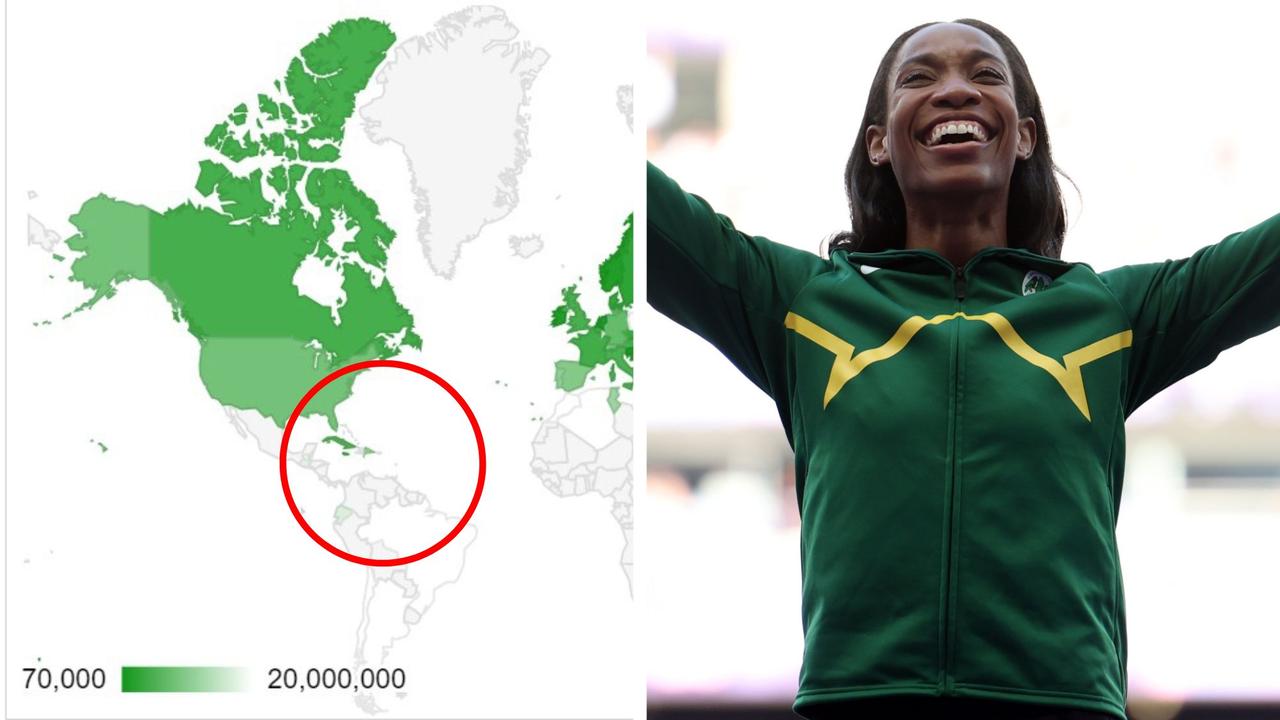Smaller nations shine in per capita Olympic medal count dominance
In this new metric, Olympic superpowers are nowhere to be seen and some tiny nations took a great leap, including our near neighbours.

United States, China and Japan have officially dominated the 2024 Olympic medal count, but these small nations demonstrated success at the Games can be measured in more ways than one.
And in this new metric, the aforementioned sporting superpowers are nowhere to be seen.
At the 2024 Olympic Games in Paris, some of the smallest nations by population emerged as the biggest winners when medals are measured per capita.
Dominica, a small Caribbean island nation with a population of approximately 66,170, topped the chart thanks to a single historic victory by Thea LaFond.
Competing in the women’s triple jump, LaFond not only secured her country’s first-ever Olympic medal but also propelled Dominica to the top spot for Olympic gold medals per head of population.
Grenada, another Caribbean neighbour with a population of around 117,220, took the crown for the most total Olympic medals per capita.
The nation celebrated two bronze medals, which placed it ahead of Dominica and St. Lucia in the same ranking.
St. Lucia, with a population of about 179,790, also shone brightly at the Games, winning gold and silver in track events, further cementing the region’s per capita medal race dominance.

The success of these small nations contrasts sharply with the overall Olympic medal tally, which was dominated by global powerhouses like the United States and China.
The US led the overall count with a mammoth 126 total medals to China’s 91, with Australia’s 53 total medals ending up fifth overall behind Great Britain (65) and host nation France (64).
Earlier in the games, US news outlets appeared to have skewed the Olympic medal tally to make it look like they were winning by counting total medals, but in reality, China had what really counted — the most gold.

That, of course, was before the US levelled China with 40 gold medals a piece and thus earning top spot with help of its overall medals.
Yet, when adjusted for population size, the narrative shifts dramatically.
Australia finished fourth in the overall medal tally with 18 gold medals, a national record in a single Olympics.
With just over 25 million people in the population, this equates to one gold medal for every 1.5 million Australians.
While impressive, Australia’s per capita performance places it 11th in the world, significantly behind its rival across the ditch, New Zealand.
New Zealand, with 10 gold medals and a population of 5.3 million, ranked third in gold medals per capita, highlighting the country’s remarkable success, particularly given its recent history of modest Olympic performances.

Other nations with smaller populations also fared well.
Slovenia, with two gold medals and a population of 2.1 million, Ireland, with four gold medals for its 5.28 million people, and the Netherlands, with 15 golds from its 17.97 million citizens, all ranked within the top 10 per capita, ahead of Australia.
A new medal count model emerges
In July, just before the Games began, statisticians Robert Duncan and Andrew Parece introduced a novel Olympic ranking method in the Journal of Sports Analytics.
Their “probability-adjusted national rankings” system, dubbed the “Duncan-Parece model” by The New York Times, offers a fresh perspective on evaluating Olympic success by accounting for the population sizes of competing countries.
Unlike traditional medal counts, which often favour large nations with vast resources, the Duncan-Parece model ranks countries based on how improbable their medal hauls are, assuming every individual worldwide had an equal chance of winning.
The model scales the expected number of medals with a nation’s population size.
For instance, because the US has a population approximately 13 times larger than Australia’s, the US should win 13 times more medals, the model dictates.

“The way I describe it is how many medals did you expect the country to win if the only thing you knew about the country was its population?” Parece explained in The Guardian.
The model uses a statistical method known as “binomial probability” to calculate the likelihood of a country winning as many medals as it did. The more improbable the medal count, the higher the nation ranks.
Duncan, a retired astrophysicist, highlighted the purpose behind their system.
The model, which they tested during the Tokyo 2021 Games, revealed surprising results.
Australia, for example, was expected to win less than four medals but ended up taking home 46, making it the top performer in their population-adjusted ranking.
This method also placed New Zealand, with five million residents and 20 medals, two spots ahead of the United States.
“You want to have a spirit of friendly competition to raise interest – and this is just a really good way to do that,” Duncan told the ABC last week.






